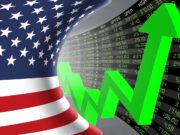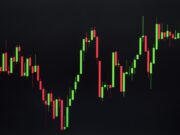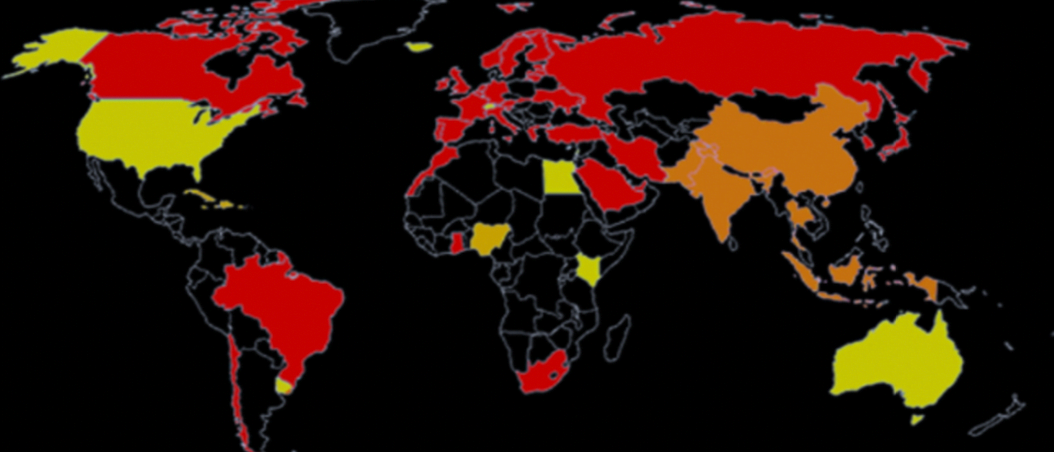Stocks sank in early trading as recession concerns intensified on Wall Street after a third consecutive Fed policy meeting resulted in a 0.75 percentage point rate hike. Last week, the US Federal Reserve sought to keep inflation in check by approving a 75 basis point increase in its benchmark interest rate. The move lifted the rate to a range of 3.00% to 3.25%—a level last seen in 2008. Fed policymakers projected they would increase the rate by at least another 1.25% over the final two meetings of this year.
“With equities back to June lows and the rates path reset higher, more inflation easing along with decisive EU government intervention to tackle the energy crisis could prompt another bear squeeze,” Emmanuel Cau of Barclays said in a note. “Big picture, we think stocks remain in a tough spot given a poor growth-policy trade-off.”
Many on Wall Street believe markets will likely remain volatile in the coming months as investor sentiment fluctuates between hopes of economic growth and recession fears. Today we’ll highlight an investment that provides large cap exposure with a twist. It also allows investors to benefit from extreme shifts in market sentiment.
One of the first ETFs to launch from Simplify, The Simplify US Equity PLUS Downside Convexity ETF (SPD) seeks to provide capital appreciation by offering US large cap exposure while aiming to boost performance during extreme market moves down via a systematic options overlay. The actively managed fund’s core holding gives investors low-cost, index-based exposure to US large caps. A modest option overlay budget is then deployed into a series of options positions that help create downside convexity in the fund.
Under normal circumstances, it invests at least 80% of its net assets (plus any borrowings for investment purposes) in equity securities of US companies, primarily by purchasing ETFs. The downside convexity option overlay consists of purchasing exchange-traded and over-the-counter put options on the S&P 500 Index or an S&P 500 Index ETF.
The option strategy is designed to provide downside protection without capping any upside participation; in other words, it creates downside convexity in the fund. The specific put option contracts are selected strategically based on the adviser’s evaluation of relative value, strike price, and maturity. Investors should anticipate a non-linear relationship between the fund and market returns.
SPD is useful as a short-term tool and also as a longer-term portfolio component. Its performance YTD has been similar to the S&P 500. The fund is cheap relative to peers, with an expense ratio of just 0.28%.
Should you invest in SPD right now?
Before you consider buying SPD, you'll want to see this.
Investing legend, Keith Kohl just revealed his #1 stock for 2022...
And it's not SPD.
Jeff Bezos, Peter Thiel, and the Rockefellers are betting a colossal nine figures on this tiny company that trades publicly for $5.
Keith say’s he thinks investors will be able to turn a small $50 stake into $150,000.
Find that to be extraordinary?
Click here to watch his presentation, and decide for yourself...
But you have to act now, because a catalyst coming in a few weeks is set to take this company mainstream... And by then, it could be too late.
Click here to find out the name and ticker of Keith's #1 pick...







